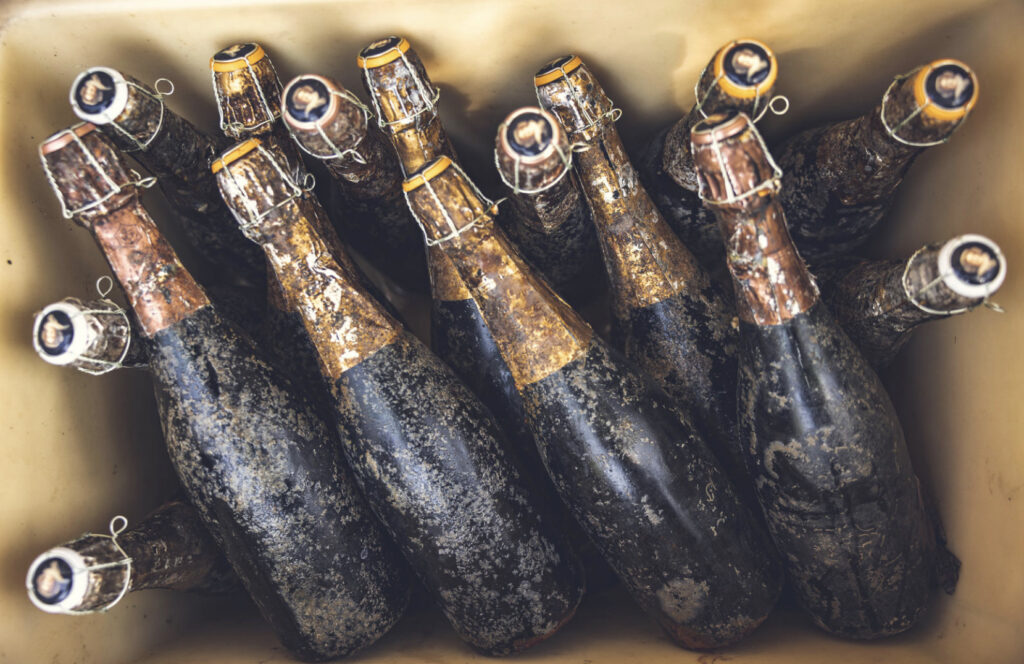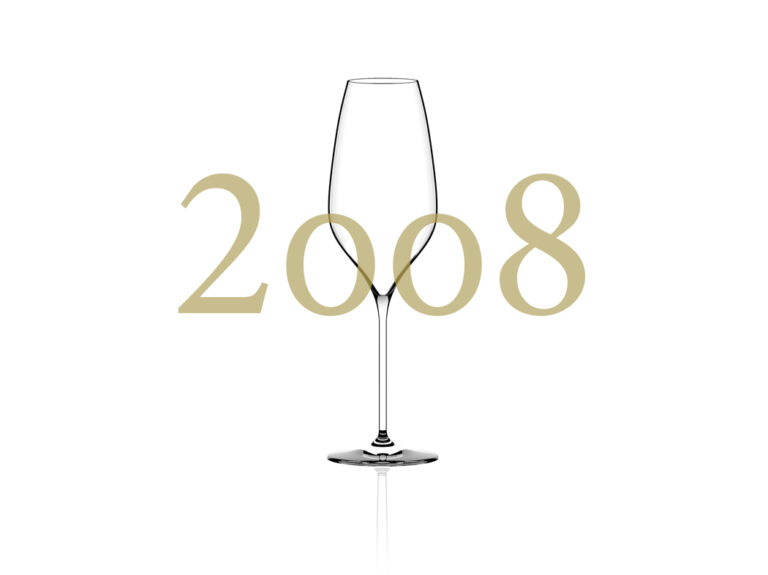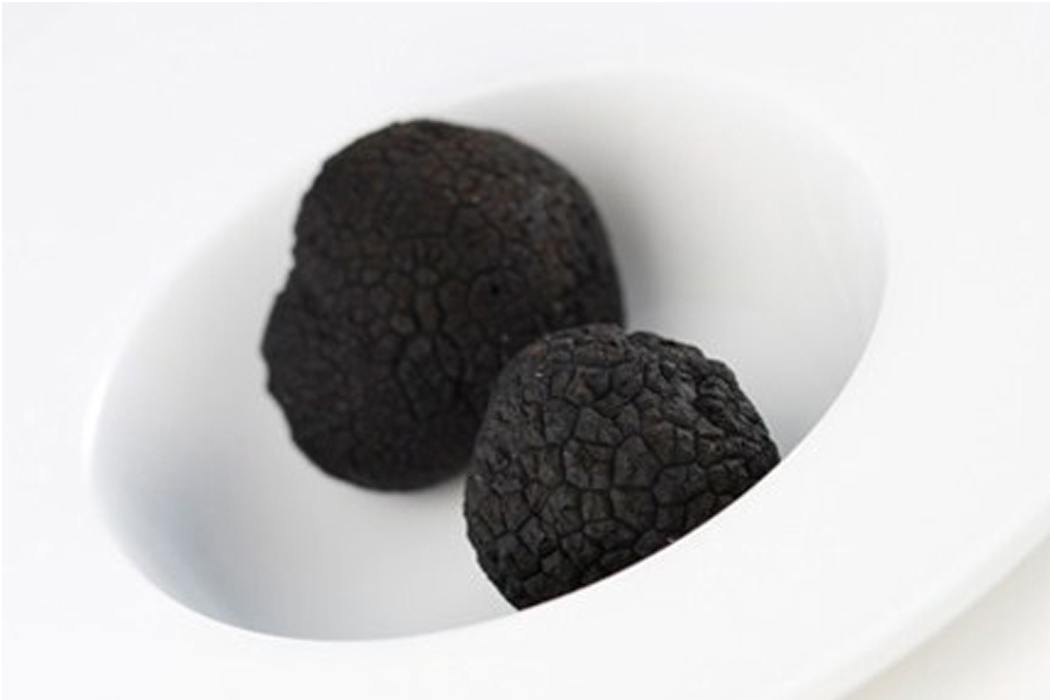Richard Juhlin was served a legendary champagne – 1955 Veuve Clicquot ’Cave Privée’. Undoubtably the best champagne the house ever made! [read the full champagne story]
Estimated reading time: 3 minutes

1955 Veuve Clicquot ’Cave Privée’
99,7(99,7)p
67PN 33CH
TASTING NOTE One of the world’s very best champagnes and the greatest ever made at Veuve Clicquot. Quite simply one of the top five champagnes I’ve ever tasted and if I were to run a new Millennium tasting today with one of the remaining 28 magnums, the wine would be a favorite for gold along with the 1966 Dom Pérignon P3 on magnum, as the few I have higher up like the 1928 Pol Roger Grauves and 1938 Krug probably won’t appear in such a perfect guise these days. This is the third time I’ve tasted the wine and the style has been consistent, but I wonder if the one that Didier Mariotti disgorged for us under the Cave Privée flag at the Hotel du Marc in May 2025 was the most intense of them all.
Served blind, it took me 2 seconds, no mistake. One second to recognize the wine. I stood up and ran euphorically screaming across to the other side of the magnificent dining room table and kissed Didier’s forehead gratefully. Emma Hartvig was so moved by the scent that she couldn’t hold back her tears and former elite gymnast Jesper Fornstam was so happy that he walked a lap of honor on his hands around the entire table in praise of the 55′. Thank you Didier and thank you Clicquot for being able to give us such euphoric moments of happiness when the world outside is so conflict-filled and chaotic. There is an unstoppable rush of happiness in our bodies.

Veuve Clicquot Ponsardin
★★★★
In my homecountry Sweden, no Champagne is as well known as the “Gula Änkan,” the Yellow Widow. The house was founded in 1772 by Philippe Clicquot. His son, François, married Nicole-Barbe Ponsardin, who took over the company at the age of twenty-seven when she found herself a widow. By her side was Comte Edouard Werlé and the firm’s chef de caves, Antoine Müller. Together with Müller she developed “remuage” using “pupitres.” One Heinrich Bohne then helped to take the Russian market by storm.
Throughout the nineteenth century and right up to the 1970s, Clicquot was reckoned as one of the top four or five Champagne companies, a position they still are very close to obtain. At first the company merged with Canard-Duchêne, but today it is a part of the powerful Louis Vuitton Moët Hennessy (LVMH) group. The 284 hectares owned by Clicquot in twenty-two villages are enough for around three of the almost 18 million bottles produced each year. The most important crus for La Grande Dame and the vintage wine are Ambonnay, Bouzy, Avize, Cramant, Le Mesnil, Oger, Verzy and Verzenay.
Since 1962 modern vinification techniques and stainless-steel tanks have been used. If you find old, well-kept vintages they’ll be very like Bollinger and Krug. Despite the factory scale, the house has managed to keep its Pinot-based classic style, where dough, bread, and pepper are clear elements. Jacques Peters, who is brother to François Peters in Le Mesnil and an equally gifted winemaker, should get the credit for Clicquot’s quality. The talented winemaker Dominique Demarville followed smothly in the same tracks and now its Didier Mariottis turn to lead the glorious path. The rich and honeyed La Grande Dame is a wonderful champagne, but the powerfull and nutty vintage wine often gives best value for money. Cave Privée is probably the best bargain on the market.
‘A classic house that is one of the greatest!’
Richard Juhlin





